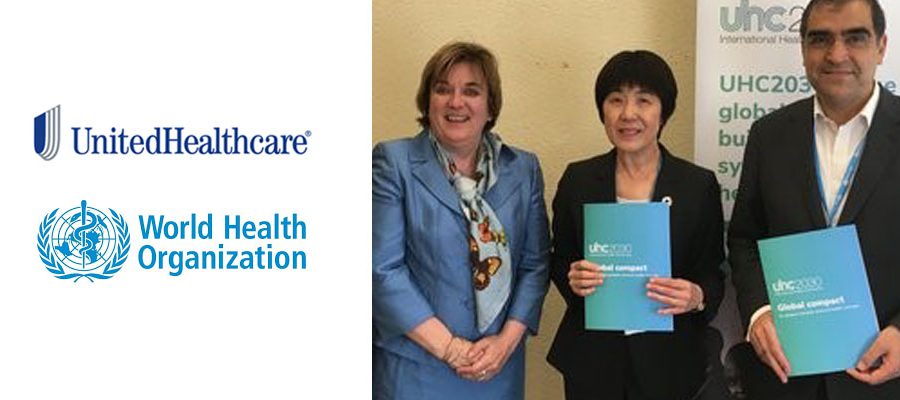Iran signed the UHC2030 Global Compact and we warmly welcome them to the partnership.
The experience of Iran over past decades and most recently with the Health Transformation Plan (HTP) shows the importance of developing and maintaining health systems with a strong foundation in primary health care and local participatory processes to ensure that health needs are met in an affordable way. The recently-launched National Health Assembly demonstrates the unique role of civil society and community representatives in mobilizing political commitment for universal health coverage (UHC), providing a viable link from local-level to national participation and decision-making.We asked Dr Iraj Harirchi, Acting Minister and Deputy General, Ministry of Health and Medical Education some questions about why Iran joined UHC2030 and about their experiences of health system reform for UHC.
What were Iran’s motivations to join UHC 2030?
“The Islamic Republic (I.R.) of Iran has a long-standing commitment to universal health coverage (UHC). Over the last three decades, a number of initiatives have been implemented to enhance the referral system, increase capacity for training health workforce, expand access to healthcare services, reduce inequities and promote quality of healthcare services. These in turn resulted in significant improvements in health outcomes. Nevertheless, several challenges continued to exist over time which call for a systematic and harmonized approach to make effective health sector reforms.
“The need for further actions to achieve UHC is strongly highlighted in I.R. Iran’s General Health Policies(lunched by the Supreme Leader) and the National Development Plans (mainly fifth and sixth plans). It is also one of the prominent social priorities of the current Government which is directly supported by the President. Moreover, the results of the latest external evaluation of the recent initiative towards UHC – called the Health Transformation Plan (HTP) – shows the importance of complementary measures for a continued effective health sector transformation.
“To answer what should be done to achieve UHC, we think it is useful to know what other countries have done and which are the best practices in this regard. When we heard about UHC2030, we recognized it as an opportunity for the country to accelerate equitable and sustainable progress towards UHC. This is particularly in terms of engaging with a platform that facilitates exchanges of experience and improves coordination of health system strengthening efforts through synergies with related technical networks.”
How is UHC progressing in Iran?
“The Health Transformation Plan, as the most recent reform towards UHC, has included different interrelated interventions in the field of both primary and hospital care and is implemented through a gradual, step-by-step process since May 2014. As of October 2016, HTP has conducted multiple interventions and has achieved the following:
- Financial resources to the health system have been increased through raised GDP per capita allocated towards health (6.5% in 2012 to 8.9% in 2015). It is worth noting that the share of General Government Health Expenditure (GGHE) from Total Health Expenditure (THE) increased from 33.3% in 2012 to 51.3% in 2015.
- A number of interventions have brought down the share of out-of-pocket (OOP) expenditure as a proportion of Total Health Expenditure (THE) from 54.8% in 2012 to 38.1% in 2015. Interventions include: decreasing patients’ direct payment for inpatient and outpatient services in 600 public hospitals nationwide; significant revisions in the tariff system for medical services to bring them in line with real inflation aiming to avoid under-table payments; and strategic purchasing to provide required medicines and medical devices at reasonable prices.
- The Health Transformation Plan improved the exemplary primary healthcare (PHC) network that had contributed to significant public health improvements, particularly in rural areas after Iran’s revolution. The innovative approach of HTP’s intervention was to enhance the existing PHC infrastructure through extra services, and to expand active primary care services with particular attention to non-communicable diseases and mental health in urban settings. There was also a specific focus on an extra 10 million marginalized and deprived people who lived in areas around big cities.
- Various services including burns and intensive care units (ICUs) and mental health were included in the existing service package. In addition, 24,000 new hospital beds, 34 air ambulance bases, 16000 physicians, 71,000 nurses and 5300 midwives were added to the health system. All of these enhanced quality and increased access to health services, in line with progress towards UHC.
The number of insured people significantly increased around 9.7% from 83.3% to 93.0% in 2015.”









